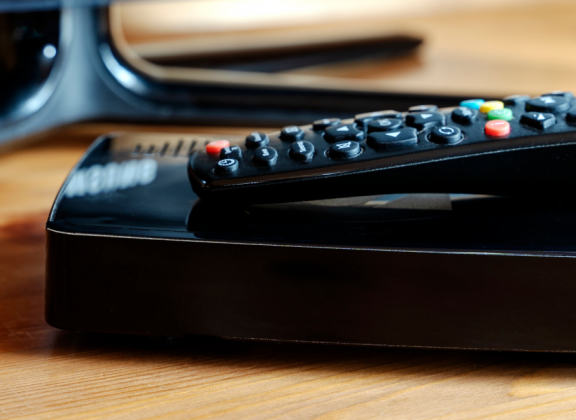Streaming television has evolved from a niche hobby into a mainstream habit, and IPTV set-top boxes now sit at the center of many living rooms. Yet the market is crowded with look-alike devices, conflicting claims, and technical jargon that can mislead even savvy buyers. This guide breaks down ten frequent errors consumers make when choosing an IPTV box and offers clear advice for steering clear of each trap, ensuring you invest in hardware that delivers flawless, future-proof entertainment.
Overlooking Basic Compatibility Checks
A sleek device is useless if it can’t talk to your TV or sustain your internet throughput. Confirm that video outputs, resolutions, and HDCP standards match your television’s inputs, then test your connection speed—roughly 25 Mbps for stable Full HD and nearer 50 Mbps for consistent 4K. Matching these fundamentals prevents the all-too-common “black screen and buffering” nightmare.
Ignoring Processor and Memory Requirements
Beneath the plastic shell lie the real performance drivers: CPU cores and RAM. Under-spec’d chipsets struggle with modern codecs and multitasking, while limited memory triggers stuttering menus and frozen playback. Aim for at least a quad-core processor and 2 GB of RAM if you expect buttery navigation and unbroken 4K streams.
Taking the Software Ecosystem for Granted
Not every box runs the same operating system or grants equal access to streaming services. A forked Android build might block key DRM libraries; a Linux-based unit could lack an official YouTube app. Before buying, verify that your preferred platforms—whether Netflix, Disney+, or a regional broadcaster—are certified and regularly updated on the device.
Underestimating Interface and Remote Experience
Spec sheets rarely highlight how you’ll actually control the device day after day. A cluttered launcher, slow animations, or a flimsy remote can sour an otherwise capable box. Watch hands-on videos and scan user feedback to confirm that the interface is intuitive, the search is responsive, and the remote feels solid in the hand.
Skipping Customer Support and Warranty Research
Even reputable hardware can fail, and firmware quirks are inevitable. Brands that answer emails, publish troubleshooting guides, and honor return policies transform hiccups into minor inconveniences rather than weeks of frustration. Check warranty length, regional service centers, and community forum activity before clicking “buy.”
Forgetting About Firmware and Security Updates
A stagnant firmware roadmap leaves you exposed to newly discovered vulnerabilities and unsupported apps. Manufacturers with an active update cadence extend the practical lifespan of your box and maintain app compatibility as streaming standards evolve. Look for a public changelog or at least a promise of routine OTA updates.
Letting Price Dictate Every Decision
Bargain hunting is sensible, but a rock-bottom sticker often conceals anemic hardware, no-name chipsets, or nonexistent support. Weigh total value—performance headroom, build quality, software polish—against cost. Spending a little more up front commonly spares you the expense of replacing a sluggish device months later.
Trusting Questionable IPTV Providers
Pairing premium hardware with an illicit or unlicensed IPTV feed invites legal risk, erratic uptime, and malware-laden playlists. Stick to licensed platforms in your region; they safeguard user data, stream at predictable bitrates, and help fund the content you enjoy.
Dismissing Storage Capacity
Internal flash quickly fills with apps, cached artwork, and recorded shows. If personal media libraries or DVR features matter to you, confirm the box offers at least 16 GB of internal storage or supports external drives and microSD expansion without cumbersome workarounds.
Neglecting Independent Reviews and Long-Term Tests
Marketing copy glosses over thermal throttling, Wi-Fi dropouts, or sluggish boot times that only surface after weeks of use. Seek out third-party benchmarks, teardown analyses, and owner forums to glean real-world reliability data before committing.
Selecting the right IPTV set-top box is less about chasing the lowest price and more about aligning specifications, software, and support with your viewing habits. By validating compatibility, prioritizing solid hardware, demanding ongoing updates, and vetting both the device maker and your chosen IPTV services, you’ll secure a dependable hub for today’s content and tomorrow’s innovations—without costly surprises down the line.
